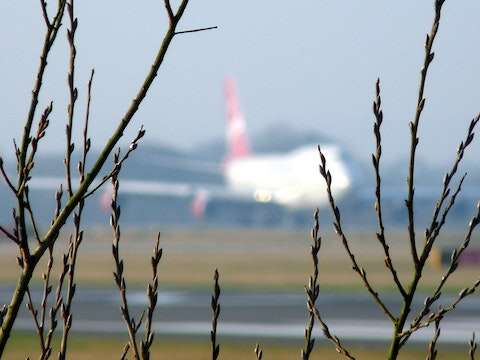15th June, 2017
AEF has submitted a response to the Government’s consultation on its national plan for tackling nitrogen dioxide. The plan was drawn up in response to a court order that ruled that the previous strategy relied on over-optimistic modelling and failed to demonstrate that nitrogen dioxide limits would be met as quickly as possible – the legal requirement. The Government had tried to delay publication of the new plan until after the election, but the court ruled that this issue was too important to be subject to further delays and it was published on 5th May.
The revised plan drew widespread criticism however. The Mayor of London described it as “toothless and woefully inadequate” and Client Earth, the legal campaigning organisation that brought the successful judicial review, announced on 31st May that it would be returning to court to argue that the updated plan is still deficient.
AEF commented on the day that among the plan’s many weaknesses is the fact it makes no reference to the planned opening of a third runway in the mid-2020s, despite this being predicted to exacerbate NO2 pollution, and despite the plan indicating – on the basis of updated modelling – that London may not be compliant with air quality limits even by 2030. Our consultation response builds on these points. It sets out why Heathrow presents a particular problem in terms of air pollution and why, in this context, the air quality plan presented for consultation fails to address the problem of nitrogen dioxide as quickly as possible.
We highlight four key concerns about the draft plan:
- It assumes that local authorities can be responsible for all pollution in their boroughs. But while many of the boroughs close to Heathrow are strongly opposed to its expansion they have no powers to stop its construction or regulate its use on the basis of air quality concerns.
- It assumes that infrastructure developers can take effective action to mitigate the impact of their projects. But the Government’s own analysis concluded that any action taken by Heathrow Airport itself to manage air pollution would be unable to tackle the problem where it’s at its worst, namely central London, where any increase in traffic associated with increased passenger and freight transport could push NO2 emissions over the limit.
- It ignores the impact of planned future infrastructure in its modelling. There is no evidence that the impact of Heathrow expansion has been accounted for in the modelling of future NO2 emissions that underpins the air quality plan.
- It is silent on whether major infrastructure that would worsen air pollution should be ruled out until legal limits are being met. Since the plan anticipates exceedences of the NO2 limit even in 2030, and since Heathrow expansion – due to be complete by the mid-2020s – is predicted to have a significantly negative impact on air pollution, the project should be ruled out as part of the Government’s air quality policy, we argue.
